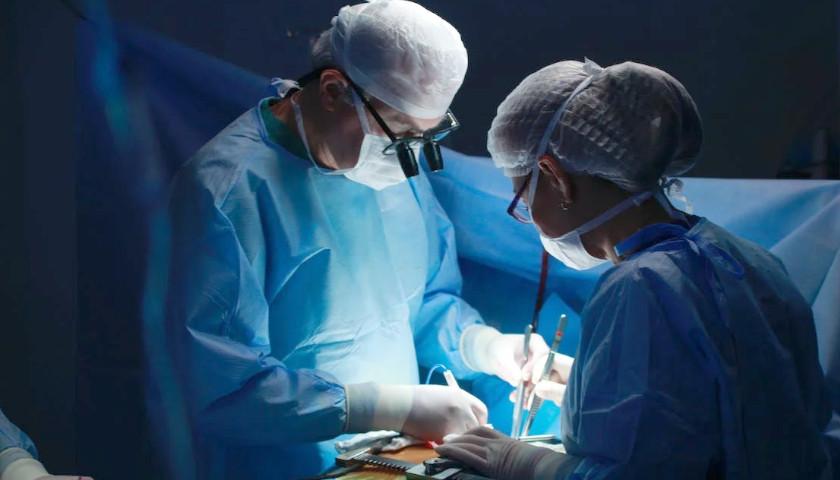by TJ Martinell
Before a ban on gender reassignment procedures on minors, Ohio was ranked among the top states in the nation for total procedures as well as the number of procedures performed per residents, according to newly released data from a nonprofit.
Earlier this year, the Ohio legislature enacted House Bill 68, which banned the prescription of hormone blockers and hormone replacement therapy, along with gender reassignment surgeries on youth such as mastectomies. The law was first vetoed by Gov. Mike DeWine – which was overridden – and then later upheld in court following a lawsuit by the American Civil Liberties Union.
DeWine had established a ban in the state on transgender surgeries before the vote to override the veto.
During the four-year period prior to that, 2019-2023, Ohio had at least 1,020 gender reassignment procedures performed, according to Do No Harm, a nonprofit group of physicians and other medical professionals that gets its name from the Hippocratic oath: “First, do no harm.”
According to its website, Do No Harm is “fighting to curtail the unscientific and individually harmful practice of so-called ‘gender affirming care'” for children.
The 1,020 procedures placed Ohio at fourth in the nation for total procedures, and seventh among the states for the number of procedures per capita, at one procedure per 11,568 residents. However, among the state’s population under 18, the rate was one procedure per 2,530 residents.
Cincinnati Children’s Hospital Medical Center was also among the top medical providers in the nation in terms of total minor sex change patients, coming in fourth with 396 patients. Overall, the hospital wrote 3,551 puberty or hormone blocker prescriptions. Cleveland Clinic Health System ranked 10th in the nation for total charges for the procedures at $1.706 million.
According to Do No Harm’s database, Nationwide Children’s Hospital in Columbus had 188 patients receive 711 prescriptions for puberty or hormone blockers between 2019-2023. The hospital has a program called THRIVE Gender Development, which “consists of behavioral health therapy, clinical medical social work and psychiatry who work with families of transgender and gender diverse youth and adolescents to help meet their treatment needs.”
As with most other states, Ohio saw a decline in the number of prescriptions and surgeries on minors from 2022 to 2023, though all but total prescriptions remained above 2019 levels.
In an email to The Center Square, DeWine’s Press Secretary Dan Tierney wrote that following the passage of House Bill 68, “Governor DeWine and our Ohio Department of Health promulgated rules to begin collecting similar sets of data that in the future will be shared with legislators, policy makers, and the public. We look forward to the continued implementation of this rule and sharing this data in the future.”
House Bill 68’s sponsor Rep. Gary Click, R-Vickery, did not respond to a request for comment. Cincinnati Children’s Hospital Medical Center did not respond to requests for comment regarding Do No Harm’s data or how it has since altered its practices following the state ban on minor gender reassignment procedures.
– – –
TJ Martinell is a native to Washington and has been reporting in the state since his high school days. His work has been recognized numerous times by the Washington Newspaper Publishers Association and the Society for Professional Journalists. Martinell is a reporter for The Center Square.





